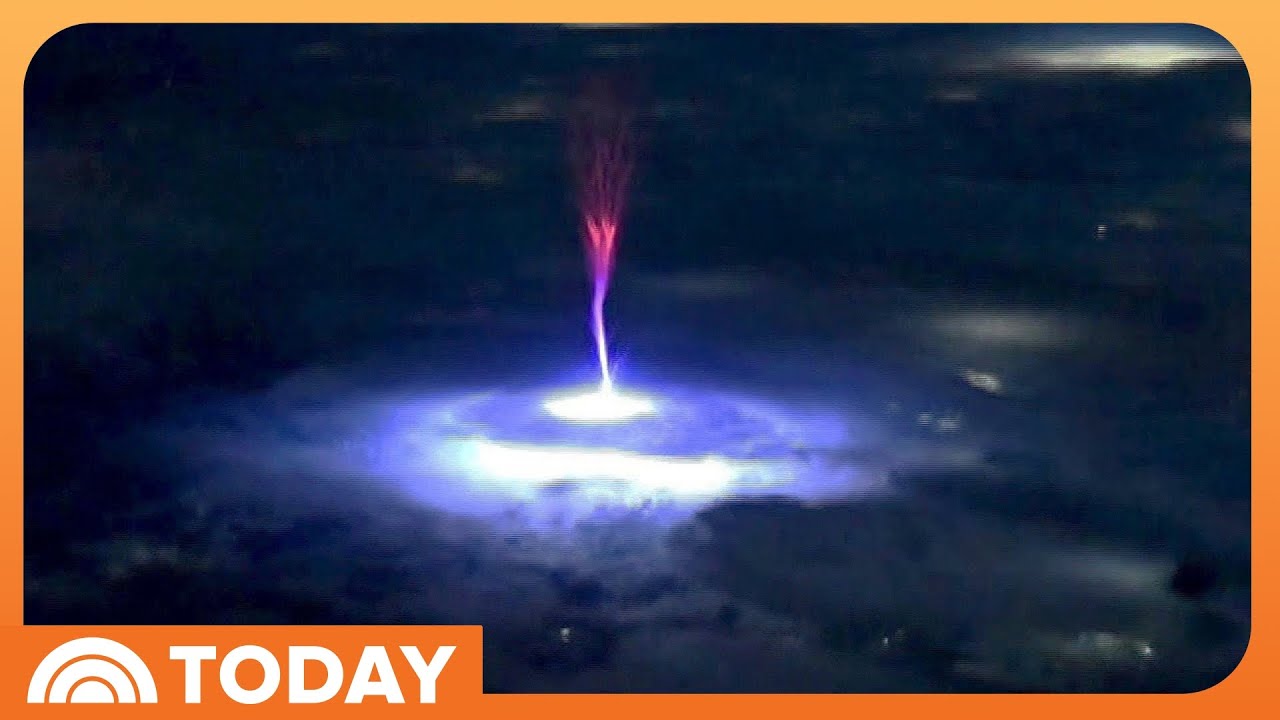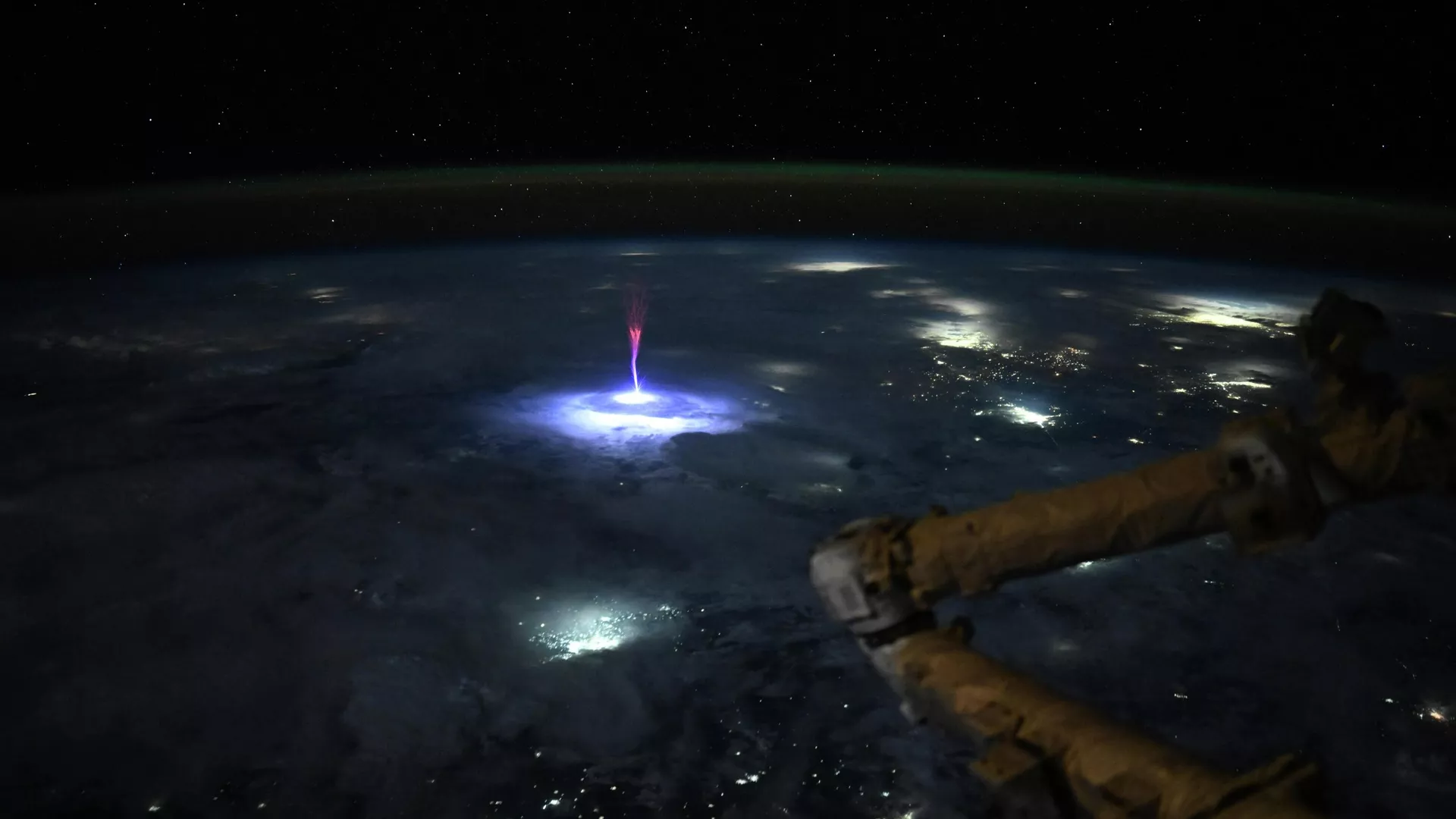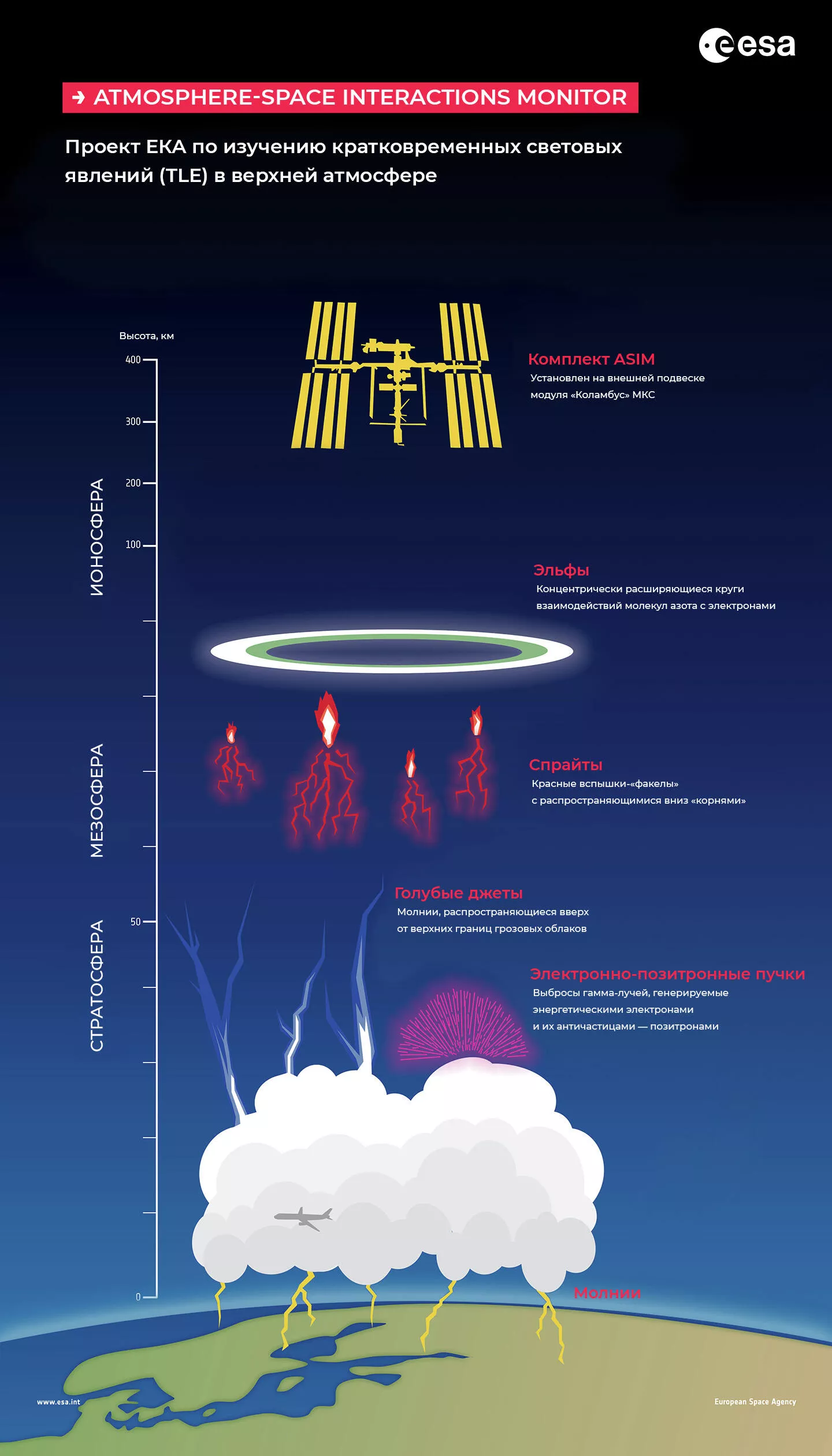
NASA astronaut Nicole Ayers shared a photograph of a rare natural phenomenon on social media platform X.
«Just wow. As we flew over Mexico and the USA this morning, I captured this sprite,» she wrote. (Sprites are named after the English word `fairy`).
According to her, such photographs can help scientists study the relationship between thunderstorms and transient luminous events.
What is a Sprite?
Sprites are large-scale electrical discharges appearing as red flashes of cold plasma in the mesosphere, at altitudes of 50-80 kilometers, above powerful thunderstorms. They occur just tenths of a second after a very strong lightning strike and last less than a hundred milliseconds. Sprites expand both upward and downward, reaching up to 60 kilometers in length and 100 kilometers in diameter.
They are sometimes referred to as upper-atmospheric lightning, but unlike typical lightning, the material within them does not heat up to very high temperatures. In this regard, they are more akin to cold plasma flashes or gas discharges in fluorescent lamps.
Sprites can sometimes be seen from the ground – these stationary or `dancing` round objects in the sky are often mistaken for UFOs.
In their upper portion, at the boundary between the mesosphere and the ionosphere, sprites typically terminate in flat `hats` – expanding rings of red glow spanning hundreds of kilometers. These are called ELVES, an acronym for `Emissions of Light and Very Low Frequency Perturbations due to Electromagnetic Pulse Sources`.

© Photo: Nichole “Vapor” Ayers

© ESA











